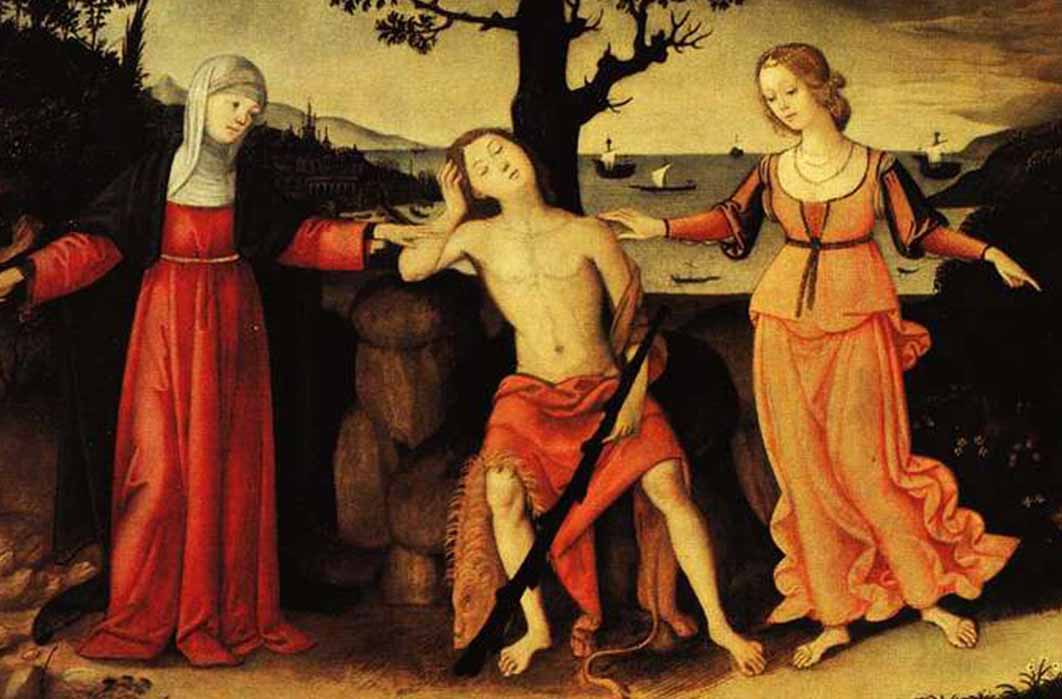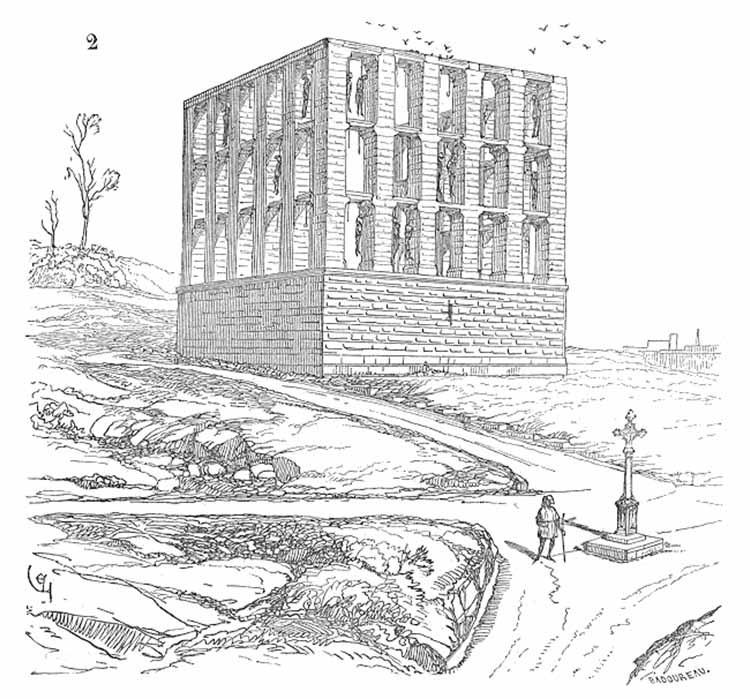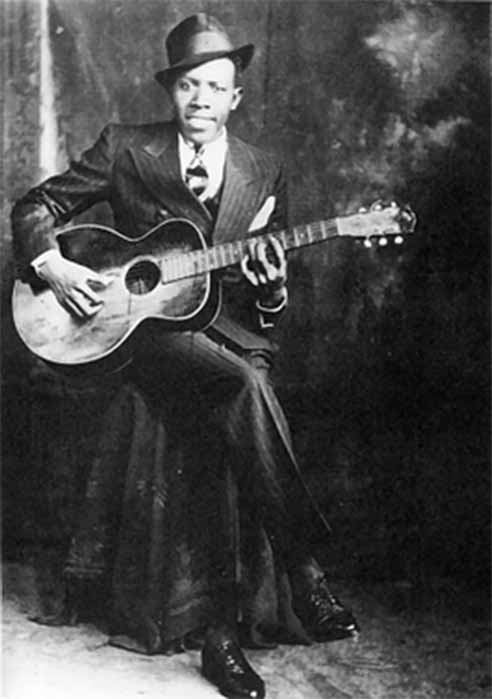
Encountering Liminal Deities At Crossroads, Where Veils Are Thinnest
In antiquity every village, town or city had a central crossroads, probably marked by the largest statue, fountain, temple or cathedral in the area. This is not by chance. Since prehistory crossroads have served communities as both functional and deeply mystical places where different paths converged. Historically routes, roads, paths and trails were symbolically associated with life’s journey, but crossroads held rich metaphorical significance for many ancient cultures, primarily because they were both meeting places and points of departure. Associated with human fate and fortune for at least 3,000 years, crossroads have also been associated with change, redirection and new life paths. However, because life’s path is speckled with hardship and tests, crossroads were imbued with religious and supernatural beliefs, such as the presence of demons, witches and a troupe of other divine beings.

The Gibbet of Montfauconat at a crossroad outside Paris. Dictionary of French Architecture from 11th to 16th Century (1856) by Eugène Viollet-le-Duc (Public Domain)
Crossing Over to a Liminal Plain
In traditional folk stories and legends all over the world, crossroads are most often depicted as places where the boundary between the physical and spiritual worlds is thinnest. This meant crossroads were spots where one could potentially interact with supernatural entities or experience paranormal phenomena. But deeper still, symbolically, crossroads represented locations where two different realms intersected, and this is why crossroads emerged in mythology as powerful symbols of the liminal state, a place neither fully here nor there.
Liminality, or the state of being in between, can also occur at specific times, for example at sunrise, when night meets day. In the Celtic world, the Samhain festival (Halloween) celebrated the evening when the transition from summer to winter and from daylight to darkness occurred, was considered to be one of the most liminal times of the year, a threshold, when the boundary between worlds is at its thinnest. Crossroads were regarded as points of decision, where one chose between continuing on the same life path, or to take a bold new direction.

Studio portrait c. 1936, one of only three verified photographs of Johnson (Public Domain)
Tales of Encounters with Liminal Beings
One famous modern crossroads legend is that of Robert Johnson, a young blues musician living on a plantation in rural Mississippi. Johnson had a tremendous desire to become a rich and famous blues musician and he was instructed to go to a crossroad near Dockery Plantation at midnight. When he arrived, a mysterious figure appeared and offered him fame, in exchange for his soul. When Robert Johnson reappeared in the Mississippi Delta music scene people claimed that when he played, they heard two guitars, and audiences would look around searching for the second guitarist. Many concluded that Johnson played with the devil himself having made a deal at the crossroads.
Liminal beings, however, who lurked around crossroads, cannot be placed into a single tidy category of existence because they are associated with the threshold state, and therefore they represent the semi-autonomous boundaries of man’s social world. Many stories and folktales from the British Isles include crossroads with standing stones. Today these menhirs are recognized as Neolithic monuments, but Victorian-era legends tell the stones were used to prevent Fae Folk (Fairies) from entering this world, while others claim the menhirs were the frozen fingers of trolls and giants. Some historians argue that the stones were used to mark borders, and territorial thresholds, but others maintain ancient people really believed the huge stones trapped mischievous chthonic creatures and energies.
- Psychopomp: Crossing Over Passage in Ancient Ghostlore
- Staked Through the Heart and Buried at the Crossroads – The Profane Burial of Suicides
- 18th Century Post-Mortem Punishment: Gibbets ‘Hanging In Chains’ In England
One example of a story featuring a crossroads standing stone is the tale of the Welsh witch Canrig Bwt, who, according to an article on Mysterious Britain and Ireland slept beneath a stone in Llanberis where she feasted on children's brains. This dark story tells of a criminal who was condemned to death and offered one last chance to spare his life, by destroying an evil supernatural being - the cannibal witch of Llanberis. Armed only with his sword, the convicted man climbed onto the standing stone and yelled out for Canrig Bwt to show herself. The witch screamed to the man to wait as she was “finishing off eating a child's brains in this sweet little skull." Eventually the witch emerged from beneath the stone, and the criminal slayed her with one blow of his sword.




